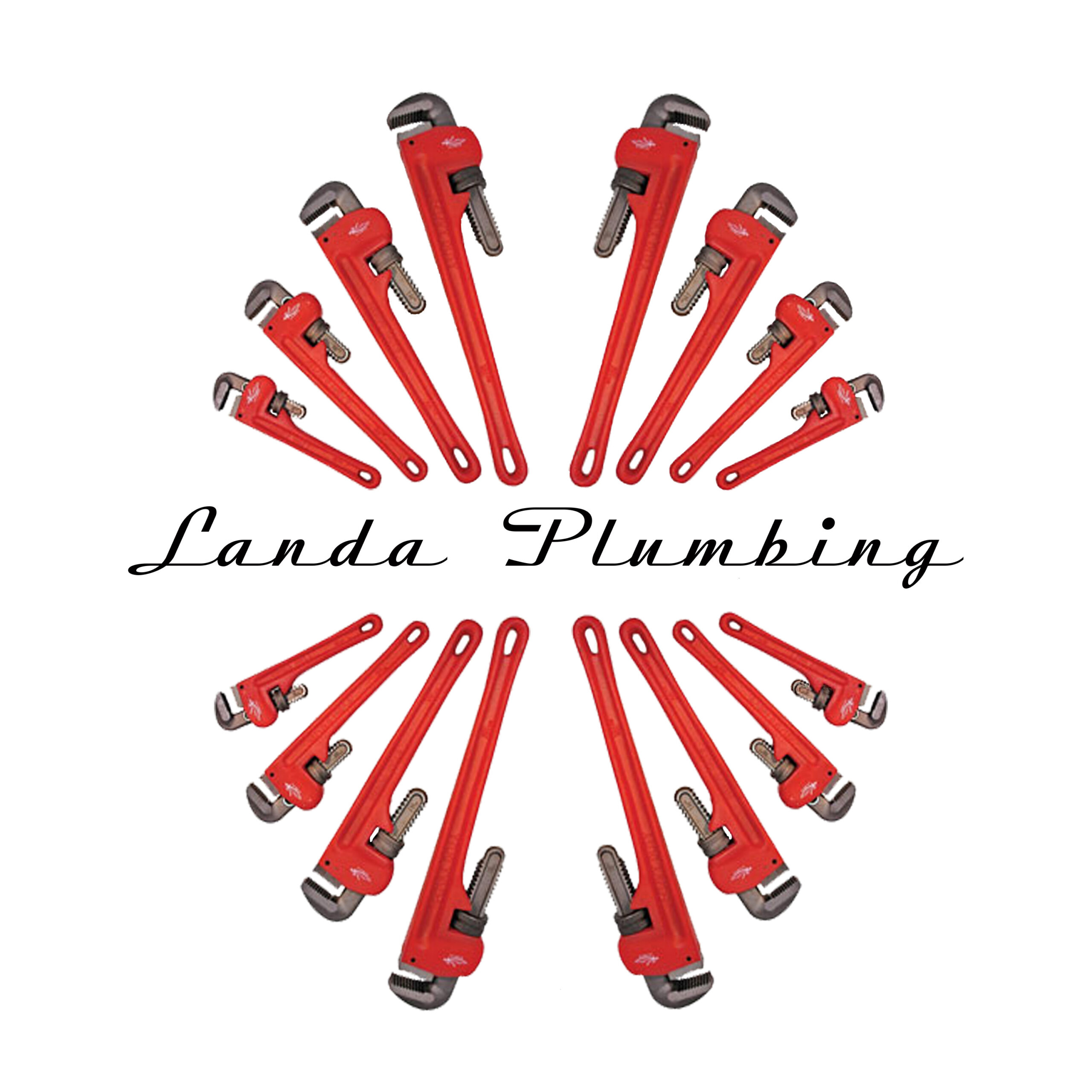Every time you flush the toilet or empty the tub or sink, the water disappears. Have you ever wondered where that water goes? If you live within the a large city’s limits, you’re likely to connect to a municipal system, using their sewage treatment center or sewer. When your home is connected to the main sewer line from the city or township, your wastewater flows thanks to gravity or lift pumps to the sewage treatment plant, where it is safely processed and managed.
What is a Septic System?
Homes in outlying areas may not have the luxury of community sewer lines, and as a result, an on-site septic treatment system is necessary. Essentially, the septic system is meant to process and neutralize biological and sanitary waste locally. This waste is whatever exits your home through toilets, sinks, and other plumbing fixtures.
In a Typical Septic System,There are Four Main Components:
- A pipe which leads waste away from the house
- A septic tank where the waste separates: solids sink to the bottom, oil and grease float to the top, and water stays in the middle.
- A distribution box which takes the wastewater from the septic tank and directs it to several perforated pipes. Those pipes lead the water to your soil
- A large soil surface area, usually called a drain field or leach field, filters the waste, as it slowly percolates into the ground and ultimately the groundwater.
How Does a Septic Tank Work?
The septic tank is the first step in the process. A septic tank receives water from regular household plumbing use and treats it. Then the tank returns the useful portion known as the effluent to the groundwater system.
Without it, the untreated sewage would quickly clog the leach field. As sewage enters the septic tank, its flow rate reduces as the larger solids (called sludge) sink and smaller grease or soap-type solids (called scum) rise to the top. The solids stay in the tank and the liquids discharge to the leaching area.
The solids and the liquids in the tank partially decompose because of active bacteria. These bacteria are anaerobic because they thrive in the absence of free oxygen. The decomposing solids, under these anaerobic conditions, are “septic”.
A properly maintained tank should be pumped (emptied) often enough to maintain needed space between the sludge and scum levels. Otherwise, the sludge and scum will eventually fill the septic tank, flow out to the leach field and clog it.
Why Do Septic Systems Fail?
If wastewater can’t enter into soil under the drainfield, sewage may back up into the system creating two distinct symptoms: wastewater puddling on the ground, or sewage backing up into the house. After flushing the toilet, if the water doesn’t go down, or you hear a bump-blup-blup sound this is telling you the tank or drain field is not accepting water.
The three main type of problems owners encounter with their drain lines are:
• Roots in a sewer line
• Crushed or disconnected pipe
• Back pitched house drain piping
Septic systems are more common in the San Francisco Bay Area than many people would assume. If you need help understanding or maintaining a septic system, or the parts of municipal sewage line on your property, call Landa Plumbing today. We know what to do.

